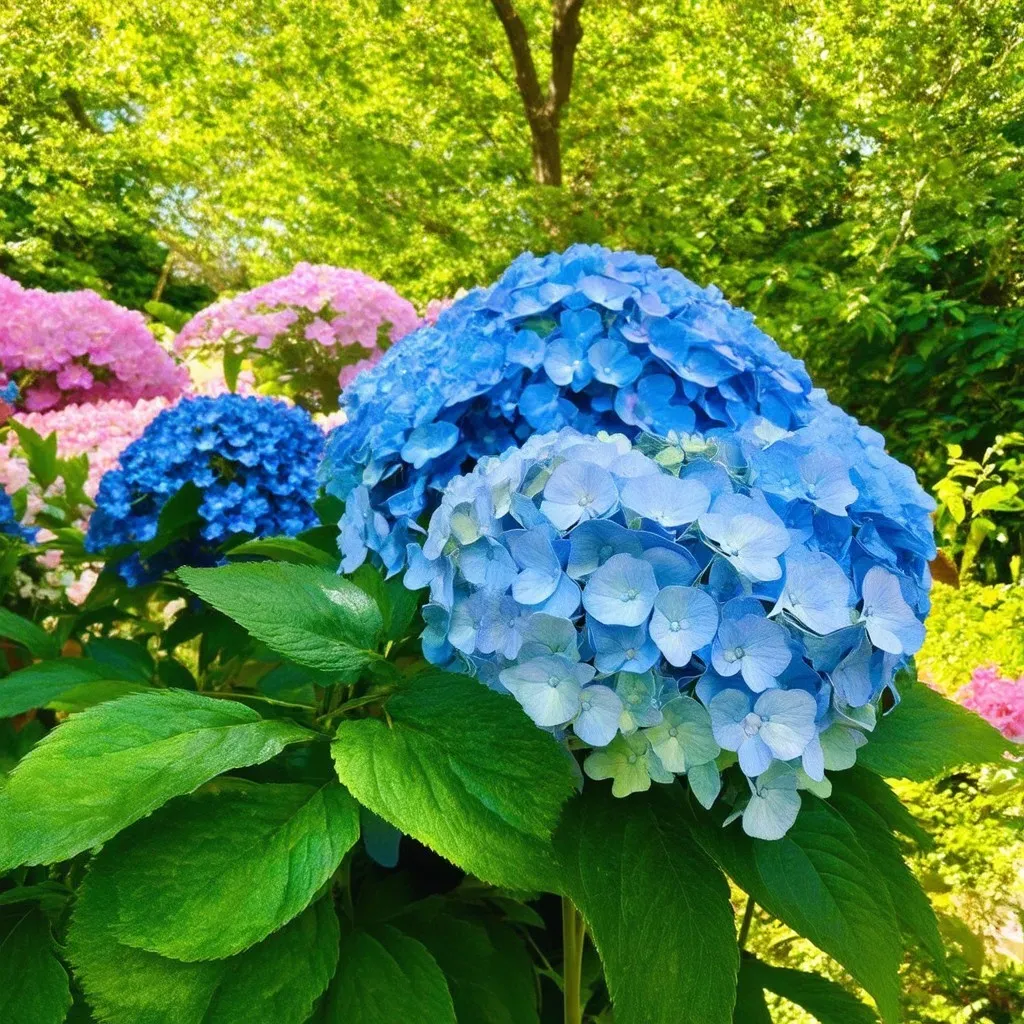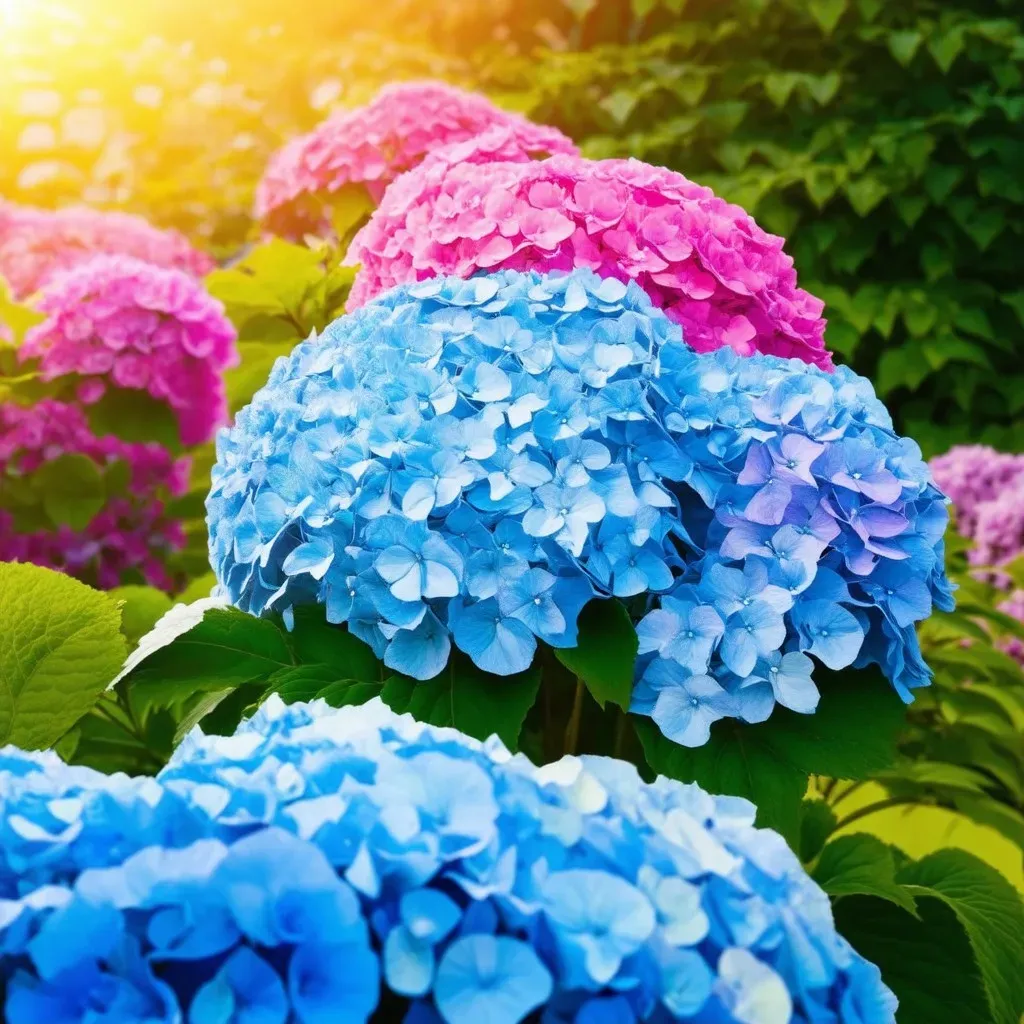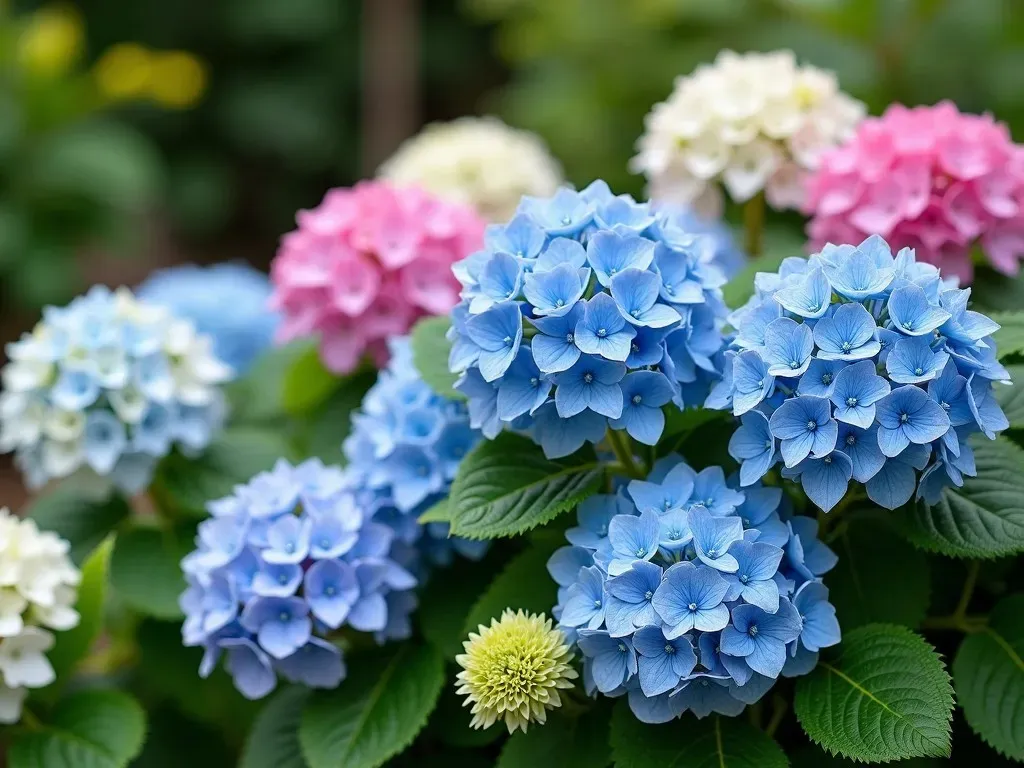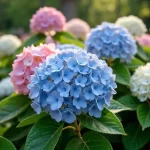Reblooming bigleaf hydrangeas (hydrangea-types/unlock-the-secrets-of-hydrangea-macrophylla-the-ultimate-guide-to-care-and-varieties/">hydrangea macrophylla) are a stunning addition to any garden, blooming on both old and new wood, which allows for an extended flowering season. Unlike traditional hydrangeas that only bloom on old growth, these beautiful varieties offer a continuous display of color, making them a favorite among gardeners.
Why Choose Reblooming Bigleaf Hydrangeas?
Reblooming bigleaf hydrangeas have revolutionized the way we think about landscaping. With their ability to produce flowers multiple times in one season, they offer unique benefits:
- Prolonged Blooming Season: The most evident advantage is their extended blooming period. Traditional varieties bloom once in early summer; reblooming types can provide flowers from spring through fall.
- Versatile Color Options: The blooms can change color based on soil pH, allowing gardeners to create a more personalized aesthetic.
- Maintenance Ease: Once established, they require minimal care, making them suitable for busy gardeners.

Popular Reblooming Hydrangea Varieties
There are several reblooming bigleaf hydrangea cultivars known for their distinct characteristics:
| Variety Name | Size | Bloom Type | Flower Color |
|---|---|---|---|
| Endless Summer | 3-5 feet tall | Mophead | Blue/Pink |
| Summer Crush | 2-3 feet tall | Mophead | Raspberry Pink |
| Bloomstruck | 3-4 feet tall | Mophead | Pink/Blue |
| Let’s Dance Can Do! | 2-3 feet tall | Lacecap | Lavender/Blue |
| Tuff Stuff | 2-3 feet tall | mountain hydrangea | White/Pink |
| Penny Mac | 3-5 feet tall | Mophead | Blue/Pink |
These varieties can enhance your garden’s visual appeal while providing a continuous blooming cycle.
Best Growing Conditions
Location and Light
Reblooming bigleaf hydrangeas thrive best in partially shaded areas, receiving morning sun and afternoon shade:
- Sunlight: A minimum of 4-6 hours of sunlight is ideal.
- Shade: Protect from harsh afternoon sun, which can scorch the flowers.
Soil Requirements
The soil for bigleaf hydrangeas should be:
- Well-draining: Good drainage prevents root rot.
- Rich in organic matter: Loamy soil enriches growth.
- pH-neutral to slightly acidic: pH levels between 5.5-6.8 allow for optimal nutrient absorption.
Watering Needs
These hydrangeas require consistent moisture:
- Irrigation: Water them thoroughly at least once a week.
- Mulching: A layer of mulch around the base can help retain moisture and improve soil quality.

Care Tips for Reblooming Bigleaf Hydrangeas
- Pruning: Prune lightly in late winter or early spring before new growth begins. Removal of dead or weak stems will encourage lush blooms.
- Fertilizing: A balanced, slow-release fertilizer should be applied in early spring. This aids in robust flowering throughout the season.
- Winter Protection: In cold climates, adding mulch over the root zone can help protect roots from freezing temperatures.
- Pest Management: Watch for common pests such as aphids and spider mites. Use insecticidal soap if necessary.
Table: Common Issues and Solutions
| Issue | Solution |
|---|---|
| Wilting Leaves | Increase watering frequency and check for drainage. |
| Pest Infestation (e.g., aphids) | Use insecticidal soap or neem oil. |
| Lack of Blooms | Ensure proper pruning and sufficient sunlight. |
Understanding Flower Color
One of the magical features of bigleaf hydrangeas is their ability to change color based on soil pH:
- Acidic Soil (pH < 5.5): Blue flowers
- Neutral Soil (pH 6.0): Light purple flowers
- Alkaline Soil (pH > 7.0): Pink flowers
Gardeners can adjust soil pH with amendments to achieve the desired bloom color, adding an artistic touch to their landscaping.

Frequently Asked Questions (FAQ)
Q: How can I encourage my reblooming bigleaf hydrangeas to flower multiple times?
A: Ensure adequate watering, proper pH balance, and light pruning in early spring to promote new growth.
Q: Will my reblooming hydrangea bloom the first year I plant it?
A: Most established plants will bloom the first season, while younger plants may take longer to establish and may not produce blooms immediately.
Q: What should I do if the blooms are not the desired color?
A: Test your soil’s pH and amend it as necessary with lime (to increase pH for pink) or aluminum sulfate (to decrease pH for blue).
Q: Are reblooming bigleaf hydrangeas deer-resistant?
A: While not completely deer-resistant, they are less attractive to deer. Consider protective measures if deer in your area are a problem.
Conclusion
Reblooming bigleaf hydrangeas are not just visually stunning; they bring practical advantages to any garden. From their graceful blooms to ease of care, they are perfect choices for both seasoned gardeners and beginners. By understanding their needs and characteristics, you’ll create an enchanting garden that blooms vibrantly throughout the growing season.
For further details and expert advice on growing hydrangeas, check this comprehensive guide.



